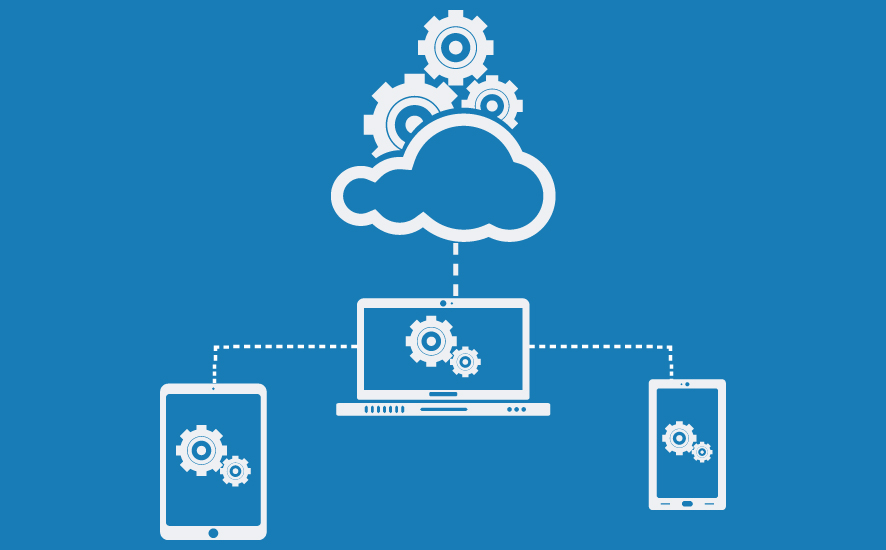Will Fog Computing Replace Cloud Computing?

As per Intel’s projection, there will be more than 20 billion connected devices by 2020. Products such as industrial sensors, connected manufacturing devices, and in-store promotional and analysis devices have already made an impact in the market. The way organizations used to share information and data is going to change along with the amount of data being produced every day. Sparklabs predicts an exponential increase in this space—from 2.5 billion connections in 2017 to 5.4 billion devices in 2020.
Source – Visioncritical.com
Cloud computing is a type of Internet-based computing which relies on connected servers to store, manage, process, and retrieve data. These servers are based anywhere with a network connection, typically at off-site locations. It helps in simplifying computing jobs by giving them everything on a pay-as-you-use model.
Whether you are uploading a small PowerPoint document as an email attachment or trying to send a larger file and are unable to do so, you can most likely blame the slow data connection. This brings us to the dilemma with cloud computing: bandwidth. With more and more devices connecting wirelessly, this dilemma is only going to escalate.
This is where Fog Computing steps in.
Fog computing relates to the need for data to be processed and accessed more rapidly from local devices instead of a data centre through the cloud. The term, often linked with Cisco, does not have anything to do with the weather; however, the logic behind the term has some history. Fog is a cloud which appears close to the ground hence the meaning of storing, managing, processing, and retrieving data “close to the ground.”
How fog computing is a smart version of cloud computing for IoT
Fog computing is extensively applied over IoT, which is essentially networking among different devices, vehicles, buildings, awearables to and exchanging data between them. The concept goes beyond just sharing of data; it enables them to operate in sync with each other via the Internet. There are billions of devices which are connected over the Internet and data are being shared among all of them. IoT is possible because of cloud computing.
IoT requires computing resources to work every minute without any network latency and compromising on data security. Fog computing is an ideal solution for IoT and for the endpoint computing resources like access cards, set-up-boxes, wearable device chips, and many more.
IoT requires mobility support and a wide range of geo-distribution in addition to location awareness and low latency features. Fog computing delivers a new set of web applications and services to the end-users, by extending cloud computing over edges of smart or end devices.
How does fog computing work?
Fog computing reduces the travel time of critical data by enabling computing on the edges of smart devices or edge node devices which diminishes latency and any security threats. Less time-critical data is computed regularly over rented server or computing devices and can be retrieved as and when required. It powers edge devices with computing power unlike cloud computing, where data is being produced at end devices and computation is done at miles away from them.
Fog computing can’t replace cloud computing
Fog computing can facilitate cloud computing for IoT. Cloud computing will still be the main powerhouse of all IoT, Big Data, Artificial Intelligence and all upcoming technologies. Fog computing will just enhance this technology when it comes to IoT and even in future aspects of Artificial Intelligence and Machine Learning.
Do You Like To Have A Personalized 1-1 Walk-Through About Your Cloud Strategy & Solution ?
Book Your Free Online Demo Now To Find Out How iMicron Can Help Your Company With Effective Cloud strategy
Be on Top of your Game. Get on the Cloud.
Learn How iMicron Can Accelerate Your Company's Business
With Cost Effective Cloud Strategy




